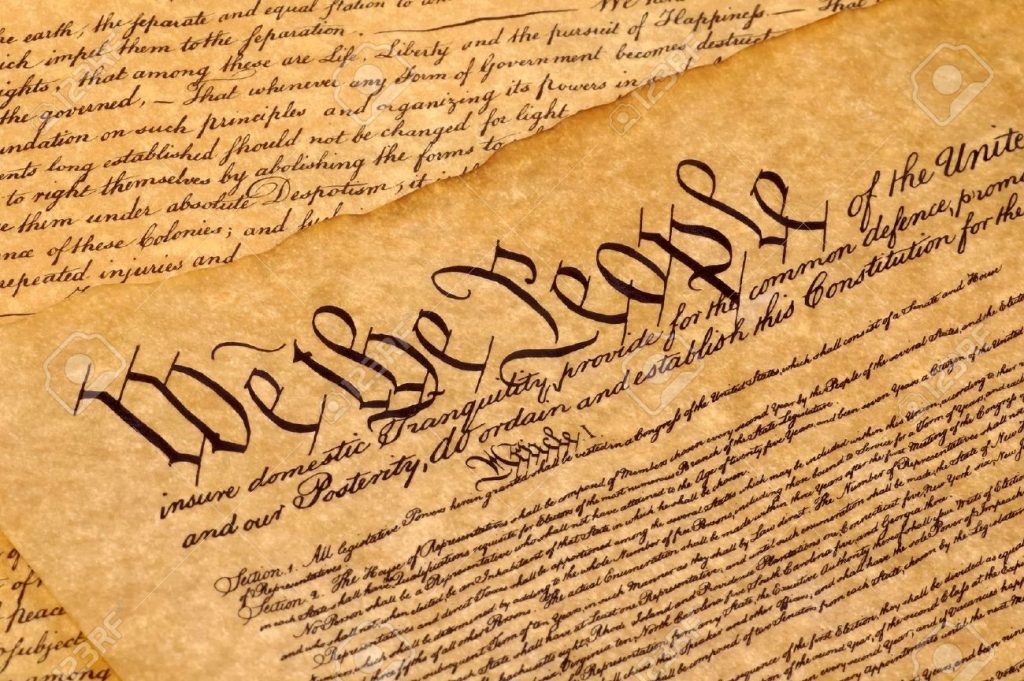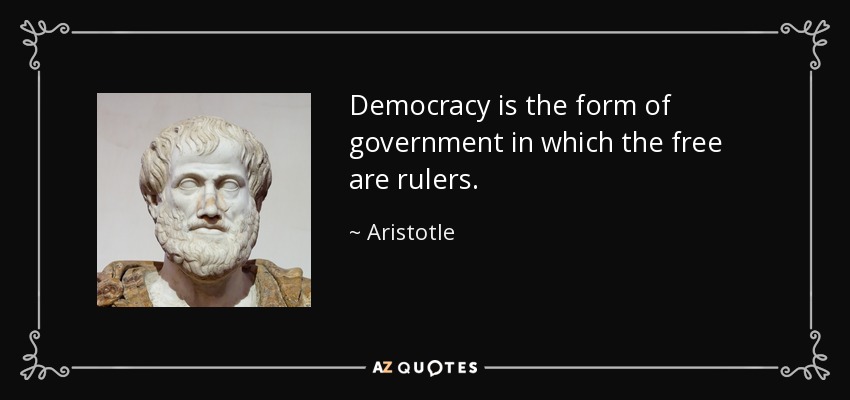“The American, by nature, is optimistic. He is experimental, an inventor, and a builder who builds best when called upon to build greatly.” – – John F. Kennedy

Happy Birthday America!!
On July 4th, in the United States of America, we celebrate our freedom, liberty, and nationalism with festive Independence Day celebrations! Whether you are celebrating locally (see Deerfield Family Days information) or out of town, it’s always nice to reflect on our national freedom, our country’s history, and about what the foundation of our culture is based! We should give thanks and take pause at the realization that we are free and we live in a society that aims to give liberty and justice to all.
The United States culture is complex. It is one of mixing, melding, combining, and evolving. The public schools in the United States serve to protect and preserve the democratic way of life as well as promote the American “culture”. Part of our culture is a fierce belief in self-governance, voice, vote, representation, and input. Part of our culture is the rich integration of cultures, races, creeds, languages, customs from all corners of the world. Part of our culture is patriotism and allegiance to our flag and our core values.
As we embark on the celebration of freedom and independence in 2017, it’s essential, in  my opinion, for we Americans to look very deeply at our core values. To what do we now hold self-evident? Is it still life, liberty, and the pursuit of happiness? Is that what unites us and drives us toward our uniquely free lives? Is it pride in success, growth, creativity, innovation, accomplishment, strength that unites and drives us toward our patriotism?
my opinion, for we Americans to look very deeply at our core values. To what do we now hold self-evident? Is it still life, liberty, and the pursuit of happiness? Is that what unites us and drives us toward our uniquely free lives? Is it pride in success, growth, creativity, innovation, accomplishment, strength that unites and drives us toward our patriotism?
All of the above probably … whatever makes a US citizen, resident, friend, etc. “American” and whatever motivates us to guard our Bill of Rights, our Constitution, our freedom, our inalienable rights to pursue happiness, enjoy liberty and live our lives without excessive governmental interference; whatever makes us American and proud and patriotic comes alive on the 4th of July. As we celebrate the birthday of perhaps the greatest nation of all time, the long running experiment in limited government, it’s nice to take the time to be proud of our heritage and contemplate our future as we never forget our past.
Historical Fun Facts: In a remarkable coincidence, both John Adams and Thomas Jefferson, the only signers of the Declaration of Independence later to serve as Presidents of the United States, died on the same day: July 4, 1826, which was the 50th anniversary of the Declaration. Although not a signer of the Declaration of Independence, but another Founding Father who became a President, James Monroe, died on July 4, 1831, thus becoming the third President in a row who died on this memorable day.Calvin Coolidge, the 30th President, was born on July 4, 1872, and, so far, is the only President to have been born on Independence Day.
Observance
- In 1777, thirteen gunshots were fired in salute, once at morning and once again as evening fell, on July 4 in Bristol, Rhode Island. Philadelphia celebrated the first anniversary in a manner a modern American would find quite familiar: an official dinner for the Continental Congress, toasts, 13-gun salutes, speeches, prayers, music, parades, troop reviews, and fireworks. Ships were decked with red, white, and blue bunting.[13]
- In 1791 the first recorded use of the name “Independence Day” occurred.[citation
 needed]
needed] - In 1870, the U.S. Congress made Independence Day an unpaid holiday for federal employees.[16]
- In 1938, Congress changed Independence Day to a paid federal holiday.[17]
Independence Day fireworks are often accompanied by patriotic songs such as the national anthem “The Star-Spangled Banner“, “God Bless America“, “America the Beautiful“, “My Country, ‘Tis of Thee“, “This Land Is Your Land“, “Stars and Stripes Forever“, and, regionally, “Yankee Doodle” in northeastern states and “Dixie” in southern states. Some of the lyrics recall images of the Revolutionary War or the War of 1812.



